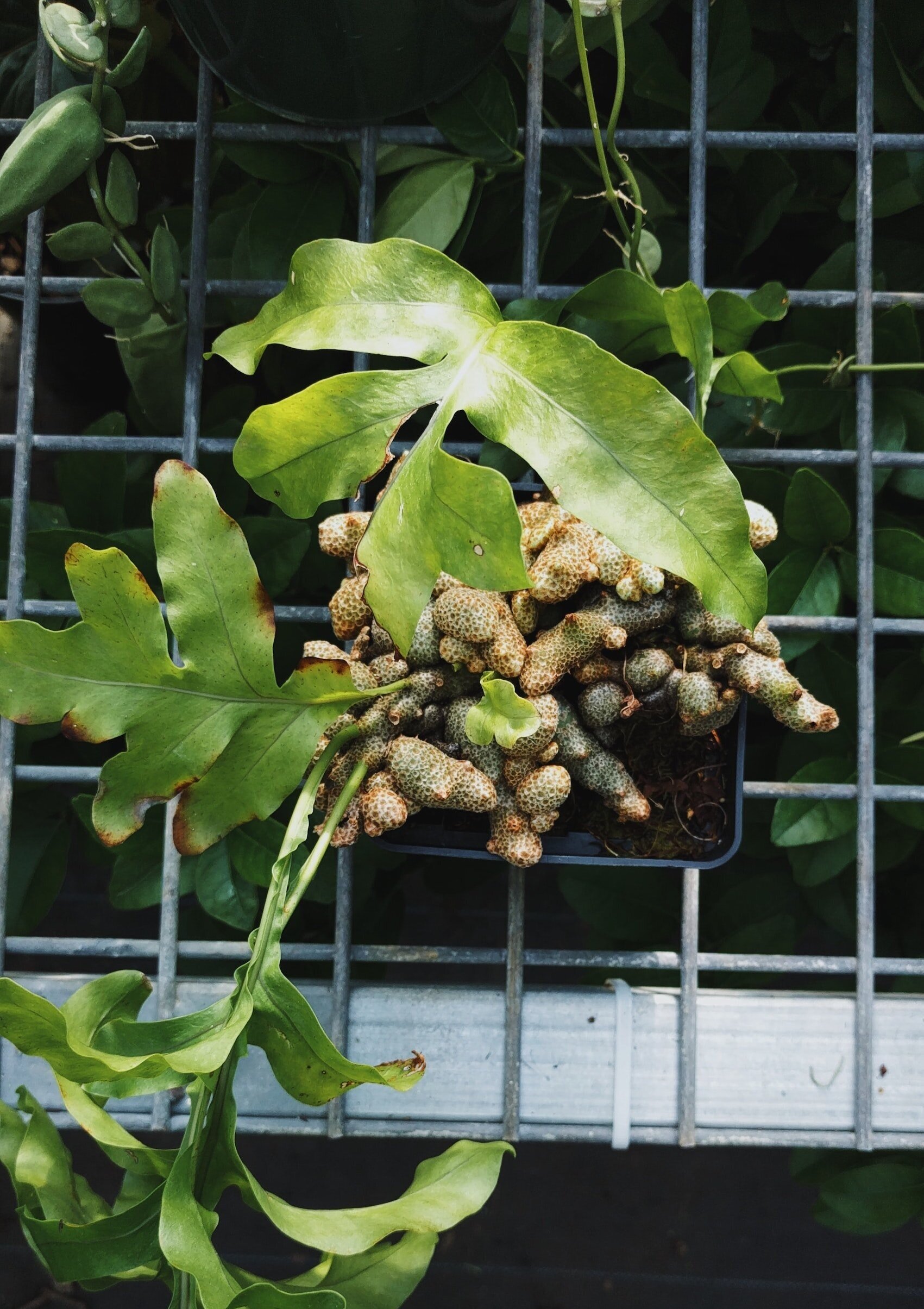Choosing the best soil for your indoor plants
Like their human carers, every houseplant has different needs. Some are sun-worshipers, while others like keeping to the shade. There are plants that love a drink, and those that prefer it dry. Temperature, humidity, fertilizer, and the potting mix they’re grown in—these are all factors to consider if you want happy and healthy indoor plants.
But how to choose potting mix if they all need different things? As each plant requires specific growing conditions, there’s no standardized soil mix that will work for all your leafy friends. Sounds complicated? Here’s a helpful guide that makes choosing potting soil easy.
Match potting soil ingredients to the plant’s natural habitat
From the rainforests of Central America and the grasslands of eastern Africa to the South Pacific islands and mountainous regions of China—our houseplants come from all over the world. Their native habitat might have been an arid desert, humid swampland, or the nutrient-rich forest floor.
Before choosing soil for your indoor plants, find out where they grow in the wild. You don’t have to recreate their exact growing conditions in nature—but knowing how they thrive will help you pick the best soil mix to meet their needs. While all of your greenery is different, there are 4 universals to consider when potting indoor plants: water, nutrition, air, and anchoring.
You should select a substrate that holds enough moisture between waterings, without drowning the roots. The pH balance of the medium is important for fertility, and the plant must be able to draw nutrients from the potting mix. The soil should be light enough to allow the roots to breathe, but sturdy enough to support growth. We’ll take you through the properties of some common potting mixes, to help you with choosing the right soil.
To find out what your plants need, look into where they are naturally growing.
Outdoor potting soil
Don’t be tempted to think that outdoor soil will do for your indoor plants. Not only does it contain pathogens, bugs, and seeds—exposing your greenery to pests and diseases—but the main problem is this substrate is too heavy. Outdoor soil won’t drain as easily or allow the roots to breathe, leading to root rot and suffocating your houseplants in their pots.
What works for your plants outside, might not be the best choice for your green friends indoors.
All-purpose potting mix
If you’re at a loss with choosing the type of soil for your houseplants, an all-purpose mix is a safe bet. A good mix should be fluffy and lighter than topsoil, with enough weight to form clumps that break apart easily. This spongey potting soil holds some moisture but drains well, so it won’t become soggy. These mixes are fertile and tend to have a fairly neutral pH—as well as containing special ingredients that support plants grown in containers. We like this one from Plantura because it’s vegan and environmentally friendly.
One for (almost) all.
Cactus and succulent mix
Succulent potting soil drains quickly and holds little moisture—perfect for plants that prefer dry conditions. Just like their desert homes, cactus mixes usually contain sand or other coarse mediums, have average fertility, and are often slightly alkaline. You can make your own succulent mix by adding sand to all-purpose houseplant soil. Some of the varieties in The Plant Store that prefer this soil include sansevieria, ZZ plants, and euphorbia.
It’s all about drainage when it comes to soil for cacti and succulents.
Epiphyte mix
Epiphytes are plants that grow on other plants—usually trees—rather than in soil. They absorb nutrients from the air, rainwater, and other organic matter around them. To replicate these specific natural conditions, orchids and other weak-rooted epiphytes need structure and aeration to grow well as houseplants. They prefer acidic soil with low fertility, and bark often forms a major component of these potting mixes.
Ant ferns are epiphytic plants.
Specialized mixes
Head to your local garden center and you’ll find special soil types for African violets, bromeliads, azaleas, evergreens, and more. There are even different soils available for individual houseplant varieties within a species. Don’t get overwhelmed by the choice. These mixes can be convenient, but it’s easy enough to make your own custom soil.
Each plant has different needs.
Now you know all about choosing potting soil, but if you still aren’t sure how to repot your plants—don’t worry, we’ve got you. Next week you’ll find a guide to potting indoor plants for beginners on our blog.
Plantclub.io provides you and your colleagues with the benefits of plants, wherever you work. Rent office plants and transform your space into a green oasis, with flexible monthly membership options to suit your size. Diversify your employee perks with a dedicated company store, where you can give green gifts and your team can buy plants for their home office. Book a time to chat with us today.







